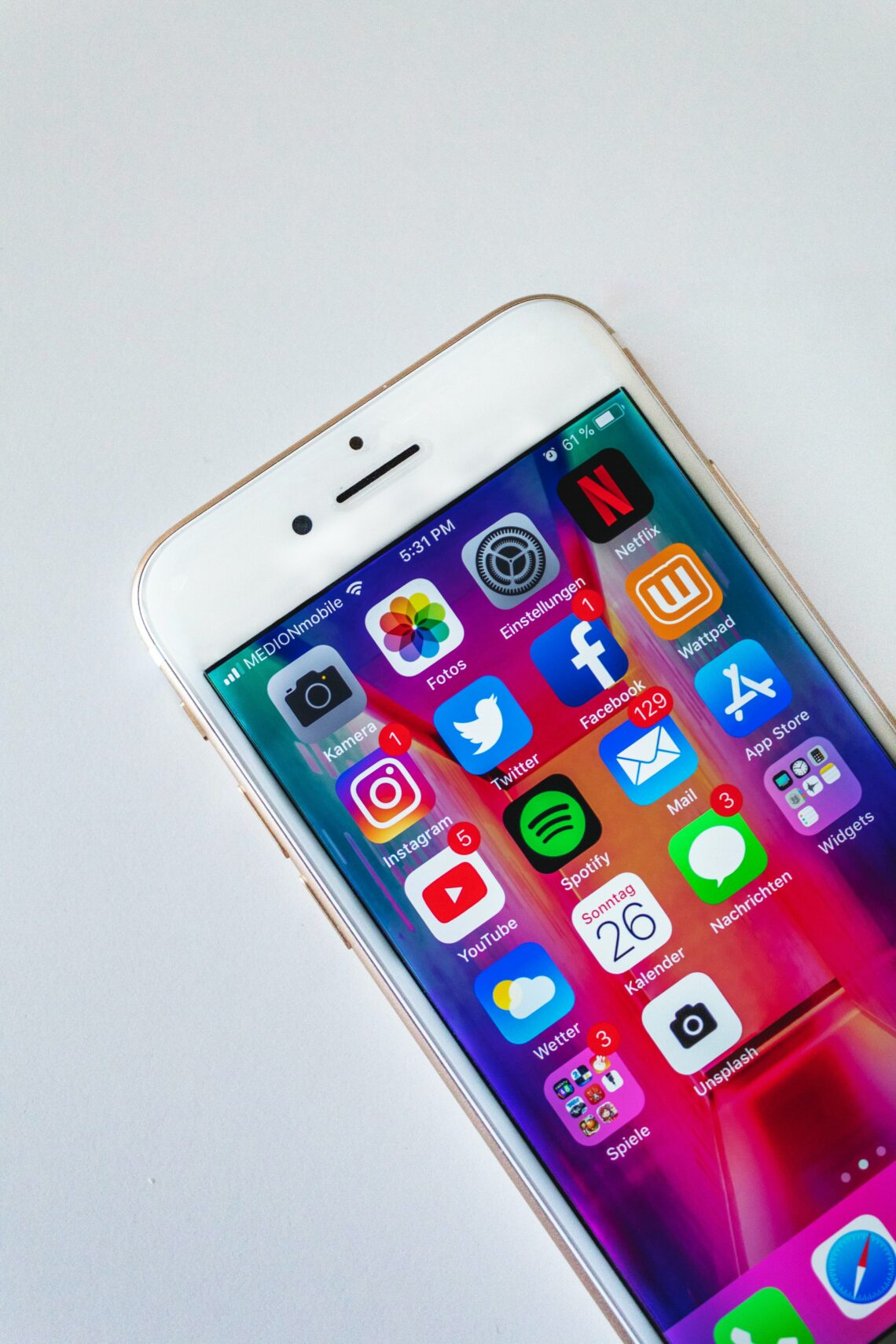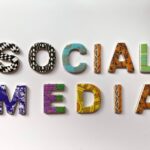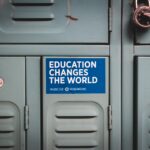When considering advocacy communications, it is important to interact in ways that allow for diverse opinions. Markiel Simpson explains that social media spaces are always changing (27:00-27:50). With ever-changing environments comes diverse networks and continued dialogues that help us become more informed (Simpson, 27:00-28:10). Due to the nature of social media, networks created through online platforms allow for evolving opinions and viewpoints from a diverse audience. This contributes to a PLN with various resources, as each person who shares their opinion has a unique way of considering topics (Moore, 12:10-12:25).
In Shelley Moore’s interview, she highlights the fact that each individual is unique. With inclusion, it is important to avoid separating those who may be “different,” but rather focus on the fact that we are all unique in our own way (Moore 9). In “One Without the Other: Stories of Unity Through Diversity and Inclusion,” Shelley Moore uses diagrams to explain that we are all unique (10). When we diversify our PLNs and ensure we are learning from several voices, we can focus on being inclusive in our interactions and obtaining distinct viewpoints (Moore, 12:40-13:19).

https://ebookcentral-proquest-com.ezproxy.library.uvic.ca/lib/uvic/reader.action?docID=4832579&ppg=6
In addition to focusing on the uniqueness of individuals to gain information from PLNs, I also think Shelley Moore’s point about always being a learner is important (Moore, 6:40-7:05). Throughout my schooling experience, I always viewed myself – as a student – learning information from my teachers and not vice versa. However, after engaging in this week’s resources, and considering my own experiences, I have come to realize that I will always be a learner, even after I begin my role as an educator. When communicating within my PLN, it is important to consider that I am a learner and a teacher. I am obtaining information and sharing my thoughts as well. When we remember that we are constantly learning, it can assist with obtaining diverse viewpoints and engaging in inclusive learning experiences (Moore, 6:05-6:15).
Currently, my PLN includes a variety of people and resources that contribute to gaining diverse viewpoints. However, I think there is room to grow my PLN to allow for more exposure to diversity and inclusion. For instance, most of my professional interactions are in-person encounters with people in the teaching profession. While these interactions have been useful in expanding my PLN, I also think I should create more opportunities to learn from various perspectives (aside from those in the field of education). Social media is a great start to engage in diverse interactions as I can easily review resources created by experts in their field (Simpson, 23:00-23:27). This can help me learn from a variety of voices to ensure my PLN is diverse and inclusive. Using social media, as we have discussed thus far in the course, is a great place to start to work to further diversify my PLN.
Social media allows for effective connections (Simpson, 23:00-23:27). Clark and Aufderheide’s reading explains that public media actively engages people, provides information, and allows for public discourse (61). Furthermore, Shelley Moore shares that social media has created a space for her to develop a community where she can learn from others and share her resources as well (9:40-10:05). She explains that when we communicate, we must remember that everyone is a teacher, and since everyone is diverse, we all have something unique to teach (Moore, 6:40-7:05). Simpson also supports Moore’s statement by explaining that social media is an extremely effective tool for networking and the platforms we engage in online allow for relationships that would not have been present without them (Simpson, 23:00-23:27). Due to the diversity on social media platforms, and the fact that everyone is unique, we can grow our PLNs in ways that allow for inclusion.
After engaging in this week’s material, I have become more aware of the importance of creating diverse PLNs. To begin creating a diverse PLN and engaging in community advocacy, I think it is important to start with external social media interactions with people from a variety of fields. These external networks lead to “backroom conversations” (Simpson, 23:30-23:41) and create the opportunity for more personal encounters which allow for networking, advocacy, and inclusive interactions.
Works Cited
Clark, Jessica, and Aufderheide, Patricia. “A New Vision for Public Media: Open, Dynamic, and Participatory.” Media and Social Justice, 2011, pp.55-67. https://link-springer-com.ezproxy.library.uvic.ca/content/pdf/10.1057%2F9780230119796.pdf
Moore, Shelley. “EDCI 338 – 20 Minutes Moore.” YouTube, uploaded by MILLER, 30 May 2021, https://www.youtube.com/watch?v=KeSV0rUl1bA
Moore, Shelley. One Without the Other: Stories of Unity Through Diversity and Inclusion, Portage & Main Press, 2017, pp.6-12. ProQuest Ebook Central, https://ebookcentral-proquest-com.ezproxy.library.uvic.ca/lib/uvic/reader.action?docID=4832579&ppg=6
Simpson, Markiel. “EDCI – 338 MARKIEL SIMPSON.” YouTube, uploaded by MILLER, 1 June 2021, https://www.youtube.com/watch?v=rsoDHGaXNNs


